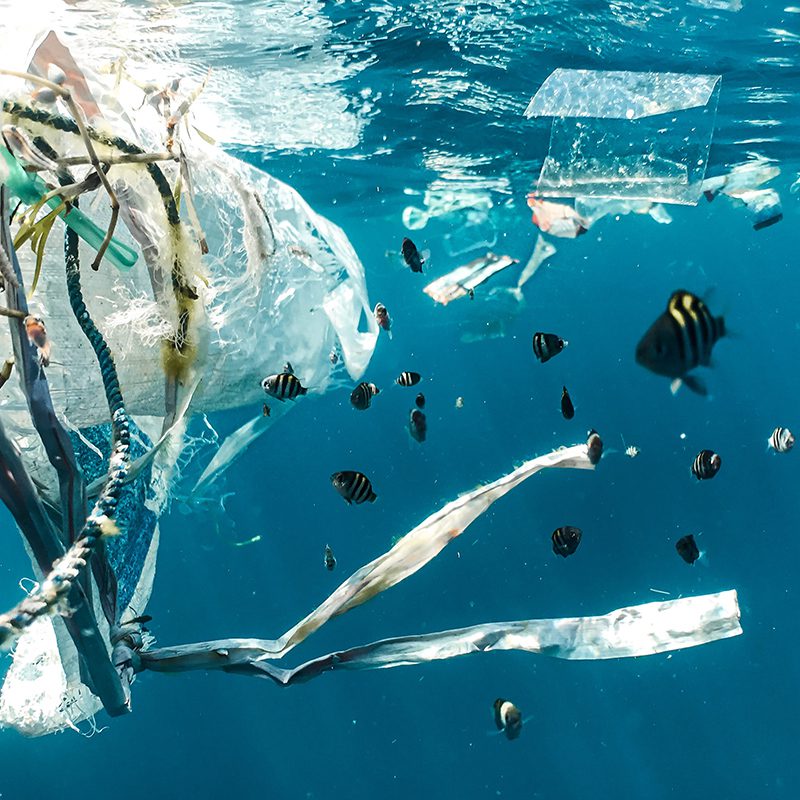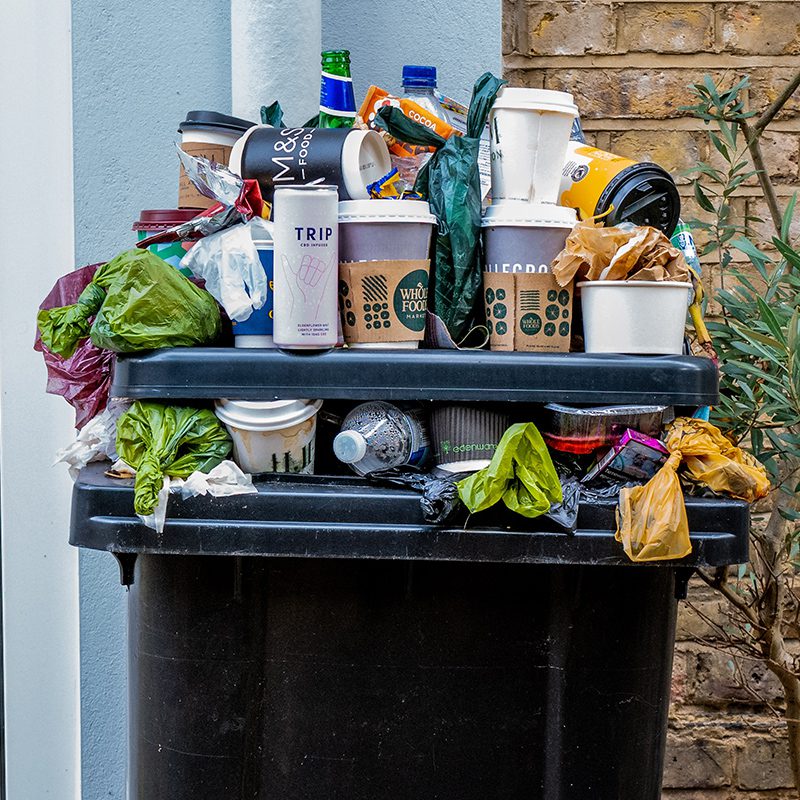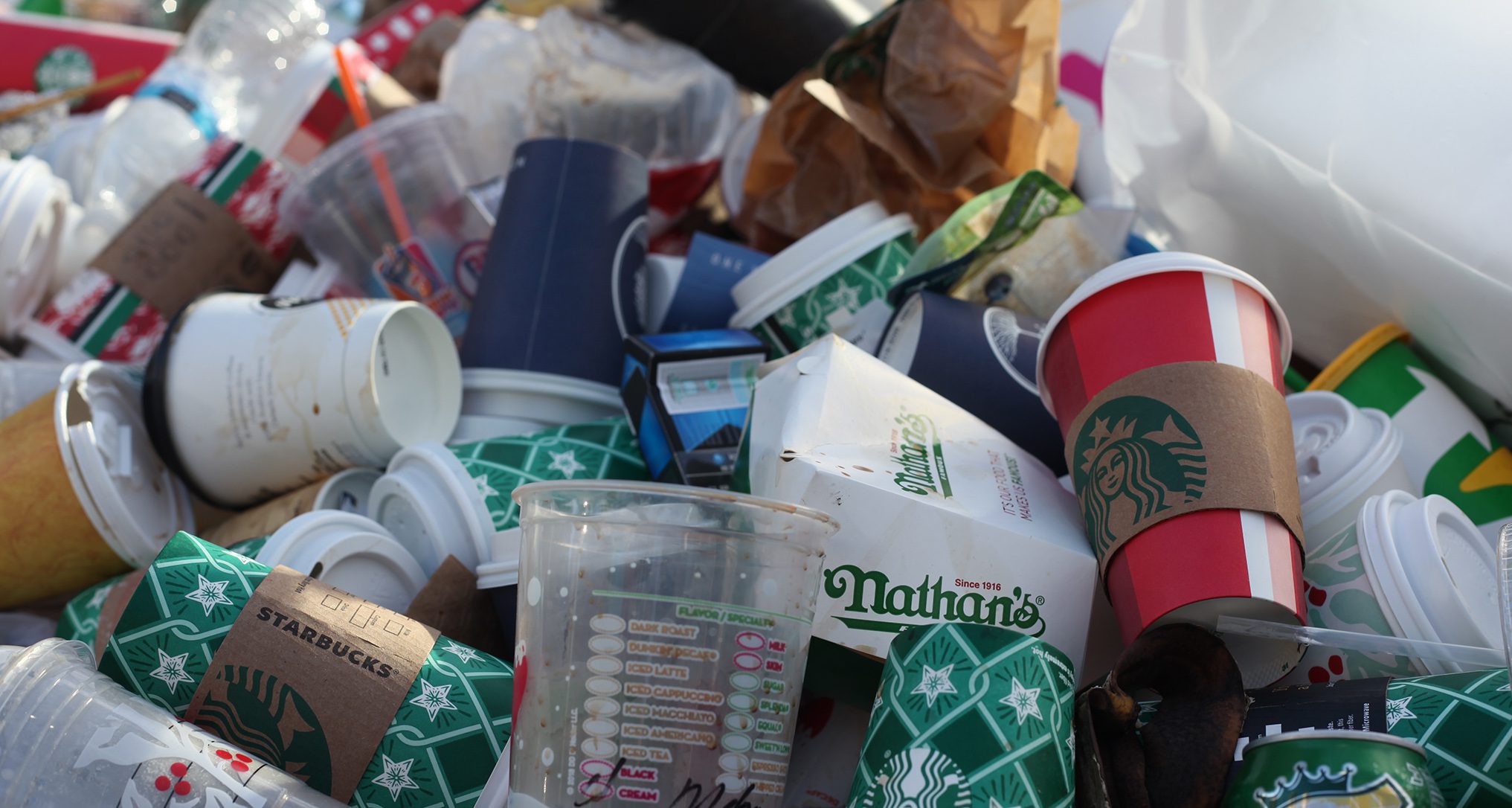Imagine living in a world without plastic. It’s quite hard, isn’t it? When you think about it, plastic has already become a part of our daily endeavors. Because of its many uses, people tend to depend on it for convenience and daily consumption habits.
We use plastics from food packaging and household products to children’s toys, cosmetics, etc. Consider how much plastic you use every day — that includes everything that is wrapped in it! So, it really shouldn’t surprise you that the U.S. is one of the biggest producers and users of plastic products, especially plastic bottled water and jugs. While staying hydrated is crucial for overall health, out plastic consumption isn’t – In an essence, it’s a double edge sword. Still, Bottleless Nation believes we can eliminate most, if not all, plastic bottles in circulation, but it starts with knowing how much we produce and it’s overall impact on the environment.

The Impact of Plastic Waste
Since its discovery, plastic products have quickly become famous around the world. Plastic’s widespread use results from its low production costs and useful qualities, such as its lightweight, acid resistance, and flexibility. Additionally, the flexibility of plastic encourages technological advancements, particularly in healthcare, construction, and much more. But the truth is that the massive use of plastic creates as many problems as its functions and benefits.
We use various kinds of plastics every day for different purposes. An example is Polyvinyl chloride, made from the gas chloroethene, also known as vinyl chloride. Vinyl Chloride Monomer is a colorless, flammable gas that produces vinyl chloride. Too much vinyl chloride exposure can be dangerous as it can lead to liver cancer and other diseases. Yet, we still use it – Mind-blowing!
Furthermore, the majority of the plastic we use mostly ends up in the trash. The improper disposal of plastic waste has polluted our environment for years because standard plastic is not biodegradable. Because of plastic pollution, plastic is piling up in landfills and throughout developed and developing countries today. This issue also has health effects on the global population, marine life, and ecosystems.
How much plastic Does the U.S. produce?
As one of the largest countries in the world, it is undeniable that the United States is a leading contributor that produces a large amount of plastic waste every year. Statistics show that since the 1980s, the amount of plastic used in the U.S. has roughly tripled to over 80 million metric tons annually, with a significant portion ending up as waste left for our planet to consume. The problem is, our planet wasn’t made to live off of plastic, and neither were we!
What Does This Mean to our Future?
With the impact and statistics of plastic waste, there could be permanent effects If we keep making and using plastic at the same rate we have for the past 70 years. Plastic waste adds to the problem of climate change. It emits greenhouse gases, which cause global temperatures to rise. Additionally, plastics in the oceans are hazardous to marine life and cause one million marine deaths each year.
Studies reveal that the amount of plastic in the ocean is expected to double in the next 15 years, and by 2050 the sea will contain more plastic than fish (by weight). We may also notice a significant impact of the accumulation of plastics on our health. The toxic chemical release can, of course, have future health effects on communities. Because of improper disposal, we also consume small amounts of plastic regularly, with some estimates suggesting that we ingest a credit card’s worth of it every week.

What Can You Do to Help?
As consumption rises, there is an urgent need for long-term and comprehensive solutions to this problem. The World Health Organization encourages people to take steps to beat plastic pollution and waste and help save environmental health from plastic pollution. One small action can greatly save the environment from the adverse effect of plastic waste and pollution. Here are some simple yet effective ways you can help with plastic waste and plastic-related disease control:
Recycle
Recycling increases the amount of waste diverted from landfills and incineration facilities. We can save money and energy by reusing aluminum, paper, glass, plastics, and other materials while reducing the environmental impact of their extraction and processing.
Use Reusable Water Bottle
Water resources are readily available, but not all are considered plain water. In storing safe and affordable water, Use a reusable water bottle to keep your safe drinking water than constantly buying plastic bottled water.
By replacing all the plastics you would have used with reusable water bottles, you use less oil to produce them, which gives you better drinking water quality, and lowers both your carbon footprint and the amount of plastic waste that ends up in landfills, oceans, streams, and other places. When using plastic bottles, there’s a tendency that they will have contaminated water that can have an increased risk to one’s personal and occupational safety and health.
Avoid Using Single-use Plastics
Some items are simply not recyclable. This includes single-use plastics like drinking straws, packaging materials, and eating utensils. Their polypropylene, which can be toxic and damaging to the environment when disposed of improperly, can take 20 to 30 years to decompose when placed in landfills entirely. Choose alternatives like metal or paper straws, cutlery, and eco-friendly bags. You can avoid contaminated food, drinks, and other toxic substances with these alternatives.
Put your plastic waste in the correct recycling bin.
Think about where each item needs to go before throwing anything away. Always put your plastic waste in the right container to avoid contamination from hazardous substances. Placing non-recyclable items in the recycling bin can contaminate the recycling flow, resulting in chemical hazards. These non-recyclable items can expensively damage the equipment and can impose occupational safety hazards once delivered to recycling facilities or in low-income countries.
Be Part of the Solution with Bottleless Nation!
Make a change with Bottleles nation! At Bottleless Nation, we aim to help build businesses with heart, health, and impact. Our team of builders, dreamers, and believers is dedicated to building sustainable and impactful water and ice businesses from wherever they are, which is what we do best. So, if you’re ready for your organization to join the mission, contact us today to get started!
Photo by Naja Bertolt Jensen on Unsplash
Photo by Jas Min on Unsplash
Photo by the blowup on Unsplash

